The importance of cybersecurity is extensive and should be prioritized by all organizations and individuals. During the second quarter of 2023, internet users globally experienced nearly 52 million data breaches, according to cybersecurity statistics. This demonstrates that risks increase daily and that no one should let their guard down at any time. With the many threats out there today, even beginner PC users must be able to answer the vital question: what is cybersecurity?
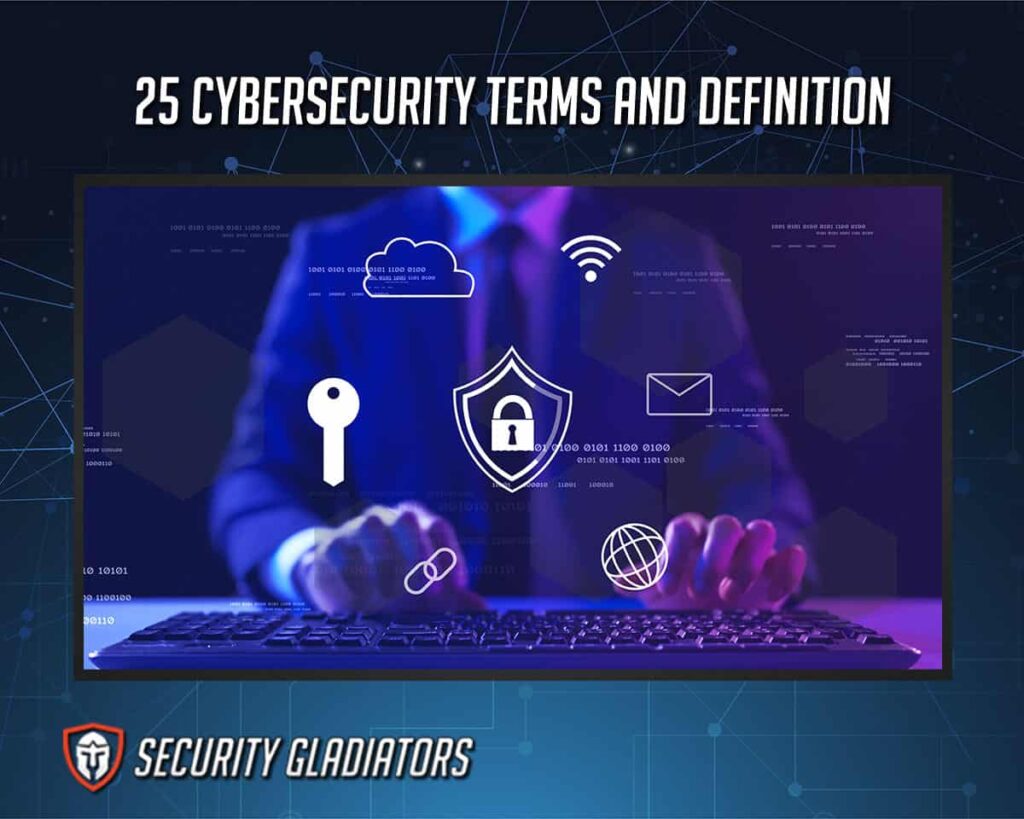
Given below are 6 things that highlight the importance of cybersecurity.
- Protection from cyber threats
- Prevention of data loss and the costs of data recovery
- Maintenance of brand reputation
- Standardizes regulation control
- Improves productivity
- Avoids vulnerability
Table of Contents
1. Virtual Private Network (VPN)
A virtual private network (VPN) allows users to browse the Internet securely and anonymously. A VPN is a service that encrypts users’ browsing data to prevent data theft by hackers and cybercriminals. A VPN allows Internet users to stay anonymous by hiding the device’s location and encrypting traffic.
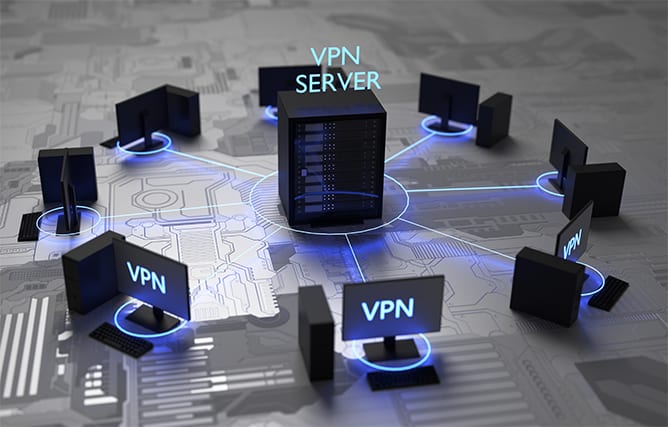
The pros of using a VPN include improved internet security and privacy, access to geo-restricted content, a secure connection for remote work, faster internet, the security of browser history, and more. The cons include the difficulty of accessing some websites, the monthly fees, the untraceable privacy policies of some VPNs, and the unpredictability of performance.
2. IP Address
Internet Protocol, or IP address, is a unique identification for every system on the internet. The IP addresses enable devices to connect and transport data via a local network or the internet. This is the method by which systems communicate across the internet.
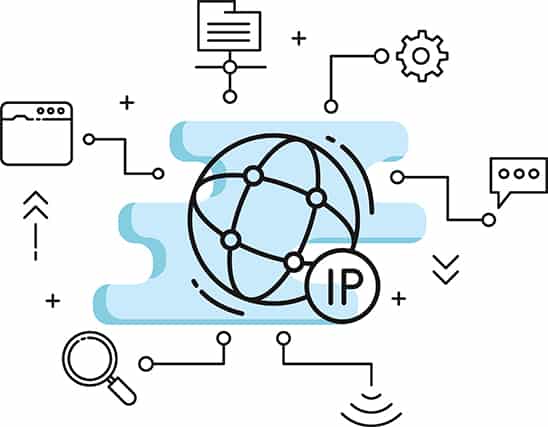
An IP address is similar to a house’s physical address, enabling systems to interact via the Internet rather than a post office. Since an IP address is equivalent to a street address, there are no specific advantages or disadvantages.
3. Cloud
The Cloud refers to a system that enables quick internet-based access to files from anywhere. The cloud facilitates the storage of data and files on a network of computers with huge storage capacities that service requests remotely. Cloud servers are hosted in data centers throughout the globe. Google Drive and Dropbox are both major examples of cloud services.
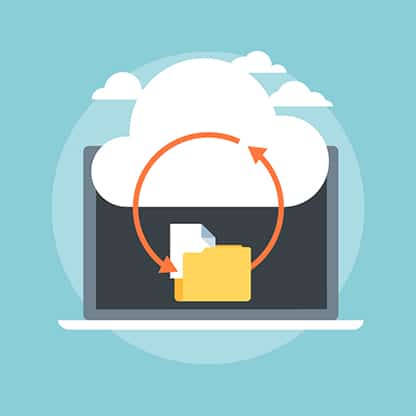
A major benefit of storing files on the cloud is the ability to access communication tools such as email and calendars. Other pros include simple and efficient data recovery, scalability, simple access to files via the internet from any location in the world, unlimited storage space, and rapid setup.
On the other hand, there are some key disadvantages to using the Cloud. Possible data leakage, security flaws, service hijacking, and the expense of sending data over the internet are some important disadvantages of using the Cloud.
Note:
Cloud storage employs data centers with huge computer servers to physically store data over the internet. Users can remotely upload or store data and retrieve it whenever necessary.4. Domain
A domain is a collection of computers, printers, workstations, and other devices governed by a single authority and adhering to a set of rules. A domain controller oversees all fundamental domain operations and manages network security.
The pros of a domain include the control of all user functions, including username/password and shared system resource authentication and access. A domain is also used to assign certain resource entitlements, such as user accounts, to resources.
5. Worm
A worm is a malicious application with the ability to replicate the vulnerability to infect other computers that are connected to it.
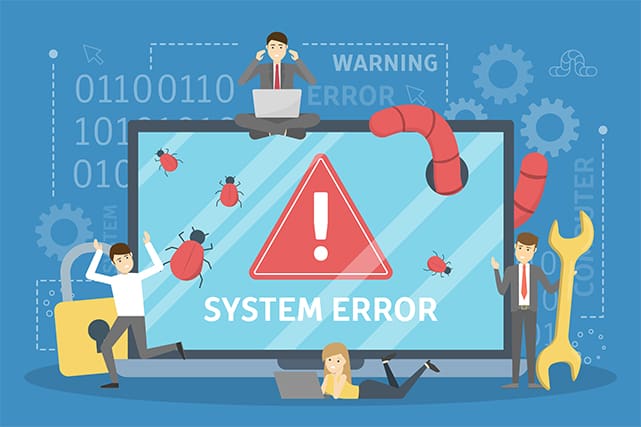
A worm provides no advantage to the victim, yet hackers can profit from the attack. Worms can open a backdoor, allowing distant computers to take control of the host system to send spam or perform denial-of-service assaults. The main disadvantage of Worms is their propensity to consume system resources. System resources such as memory and bandwidth are depleted, causing the system to become so sluggish that the system stops responding.
6. Virus
Viruses are malicious executable codes connected to other executable files or documents with the ability to alter or remove data.
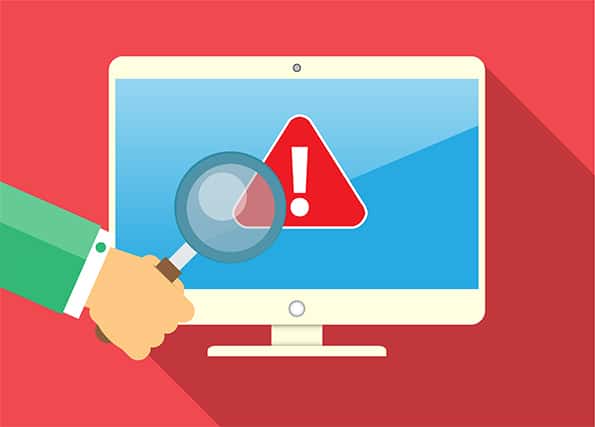
Access to many devices, the capacity to monitor computer activity and browsing habits, and the ability to dramatically affect crucial information without the user’s knowledge are among the benefits of virus infections for hackers. Important files may be deleted due to the virus’ ability to cause identity theft. Viruses can also diminish the overall performance of infected systems.
A virus attaches or inserts itself to a legitimate software or document that supports macros to execute. A virus is capable of causing unexpected detrimental effects during the process, such as corrupting or destroying system software data.
7. Exploit

Exploits are programs that exploit computer system security flaws or vulnerabilities. Exploits also identify system vulnerabilities for nefarious purposes.
Vulnerabilities are defects in the software development process that lead to accidental security gaps. Exploits utilize these vulnerabilities to obtain access to software and, by extension, the entire device.
One of the limitations of exploitation is the restricted discovery made by the operating hacker; hackers typically need to exploit a network by combining various vulnerabilities. Further analysis has only begun when lone threats are detected during a scan.
8. Trojan Horse
A Trojan Horse Virus is a specific form of malicious software that infiltrates a computer disguised as a simple program. Typically, an attacker will utilize social engineering to conceal harmful code within legitimate software to acquire system access.
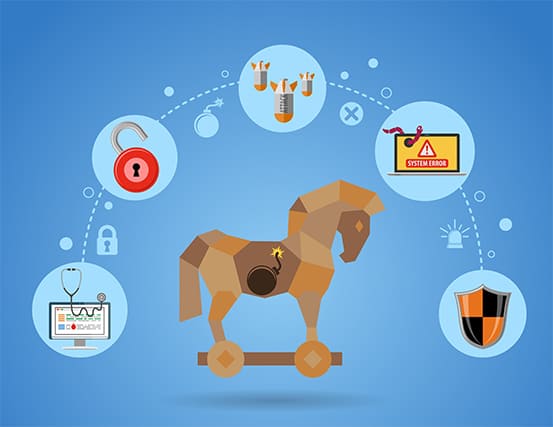
The Trojan aims to deceive visitors into installing and executing malicious software on users’ devices. After installation, a Trojan can perform its intended function.
In contrast to computer viruses, a Trojan horse cannot manifest itself; therefore, the user must download the server side of the application to work. This indicates that the executable (.exe) file must be executed, and the program must be installed for the Trojan to attack a device’s system.
Trojan horses can potentially terminate background system programs, delete hard, complex data, and corrupt file allocation systems after installation.
9. Software
Software is a collection of programs that direct a computer to complete a task. These instructions are compiled into a package that users can download and install.
The Software’s pros include cost savings through the automation of routine tasks, increased staff efficiency, increased or measured office productivity, streamlined business operations and accounts, replacement of paper processes, and improved communication with customers, suppliers, and partners.
10. Deepfake
Deepfakes are artificial forms of media where photographs or videos are deliberately edited in order to produce something that doesn’t exist in reality. Deepfake technology has sparked serious concern since it enables the production of false and fabricated news. Deep Fakes employ artificial intelligence based on deep learning to replace a person’s likeness in videos and other digital media.
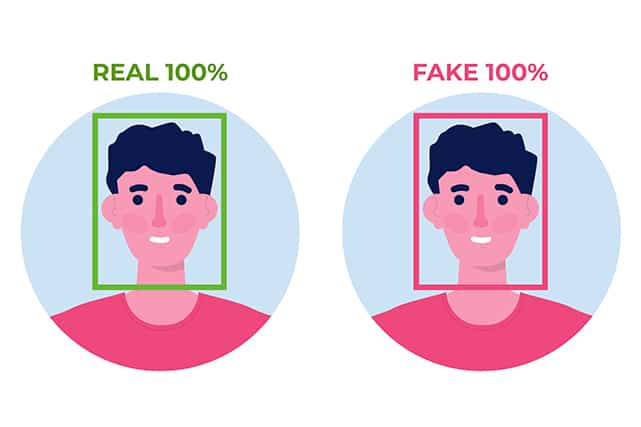
One of the pros of deepfake is its accessibility; deepfake technology can be implemented in healthcare and educational organizations. Notably, the technique can rebuild historical characters in the arts and gaming. Specifically, the technology may enable the creation of fictional patients whose data can be exploited in research. This protects the privacy and liberty of patients while providing researchers with vital information. Deepfake technology has also been deployed in marketing to assist small businesses in advertising products through partnerships with celebrities.
As advantageous as Deepfake can be, one of its cons is that the technique may be used to alter images or create videos that destroy a person’s online reputation. Even if the photos or effects are proven false or disproven later.
11. Ransomware
Ransomware is malicious software that holds user data for ransom by blocking access to computer files. Typically, ransomware encrypts files and requires a ransom payment to decode or recover them. Users are informed of the procedure and are required to pay a fee to receive the decryption key, which may range from a few hundred to several thousand dollars.

After a successful attack, ransomware renders its victims defenseless, which is obviously a significant disadvantage to the affected user. Other cons include: inoperable systems and the suspension of essential operations. This means that projects cannot be completed, customer orders cannot be fulfilled, and contractual obligations cannot be met if critical labor tasks are not performed. Every extra second that the device is held at ransom has the potential to result in increased financial losses for the affected company.
There are numerous entry points for ransomware onto a computer. Mainly if ransomware includes social engineering tools that trick people into allowing administrator access, ransomware can take over a victim’s computer once it has been downloaded and opened. One of the most prevalent delivery techniques is phishing spam, or email attachments masquerading as files that the recipient should trust.
Once ransomware has gained control of the victim’s computer, the software may do various things but encrypting some or all of the user’s files is the most common.
12. Malware
Malware is a file or code that may do nearly any activity an attacker desires. Malware grants an attacker remote control over an infected system, enabling hackers to distribute spam to unwitting receivers, investigate the victim’s local network and steal information. Multiple download methods are possible.
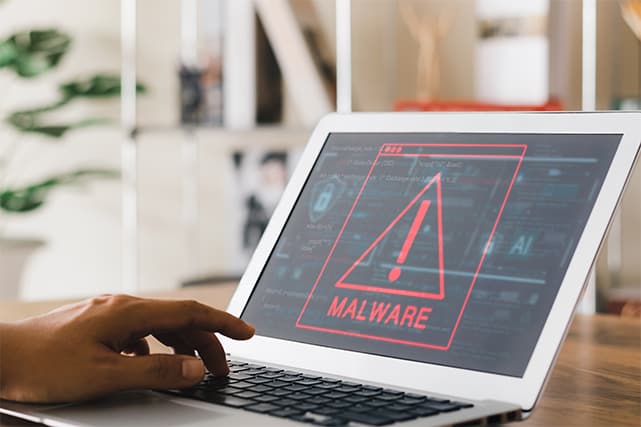
Hackers employ malware to steal passwords, delete files, and deactivate computers. Malware has a negative influence and can wreak havoc on a computer and network. A malware infection can result in many problems that affect a business’s ongoing security and day-to-day operations.
13. DDoS
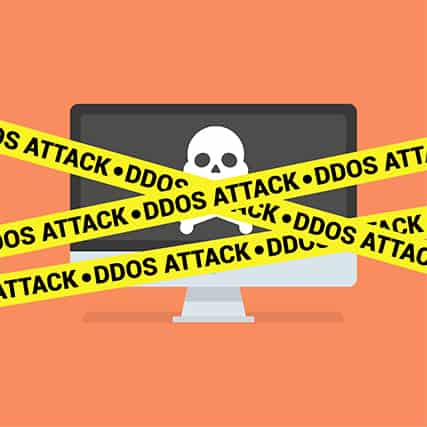
DDoS Attacks, also known as “Distributed Denial-of-Service (DDoS) Attacks,” are a form of cybercrime in which the perpetrator floods a server with Internet traffic to prevent users from accessing related websites and online services. By overwhelming a server or network resource with service requests, a DDoS assault seeks to disconnect the users of the server.
One of the cons of DDoS is that the website is overloaded and falls offline, which is the most prominent and immediate effect.
This suggests that until the website is restored, any business generated through it will not be accessible to users, which impacts the website owner’s reputation and business.
14. Firewall
A firewall, at the most fundamental level, is a barrier separating a private internal network from the public Internet.
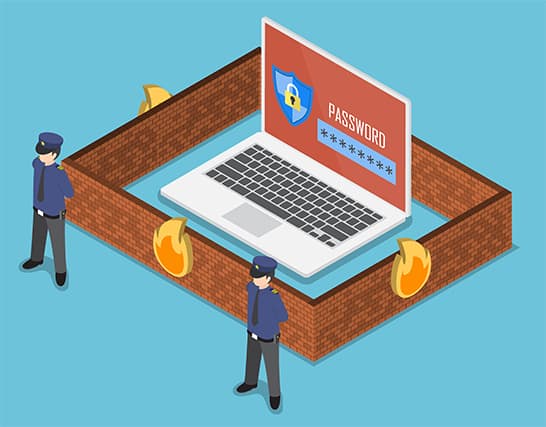
An organization’s previously established security policies are used to monitor and filter incoming and outgoing network traffic through a firewall, a network security device. Firewalls protect data and systems from external threats, viruses, and hackers.
Firewalls provide traffic monitoring, Trojan protection, hacker prevention, access restriction, and increased privacy. The cons, on the other hand, are price, user restrictions, performance, and malware attacks.
Note:
In most server infrastructures, firewalls add an essential layer of protection that prevents unauthorized access to servers when paired with other measures.15. Social Engineering
Social engineering is one of the cyber threat strategies that cybercriminals use to manipulate human thinking. This threat deceives and entices individuals to divulge sensitive information that the hacker needs to cause further damage.
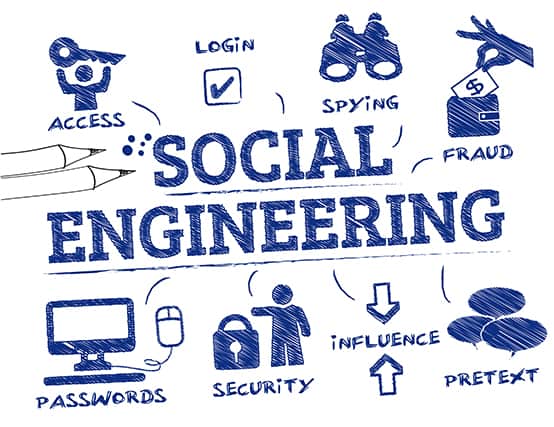
The pros of social engineering outweigh the cons. Social engineering’s cons include the fact that hackers can utilize user information to launch additional assaults, which can result in identity theft, financial loss, and a loss of customer confidence.
A social engineering criminal concocts falsehoods to manipulate human emotions and deceive individuals into a false sense of security and trust. The attacker does all of these actions to obtain personal and vital information from the victim, which can be used for future attacks.
16. Breach
A security breach happens when unauthorized access to a network or computer is detected. Most commonly, hackers circumvent security barriers to get access to files or networks. When a hacker successfully exploits a computer or device’s vulnerability and gains access to its files and network, this indicates that an unauthorized intruder or hacker accessed the data.
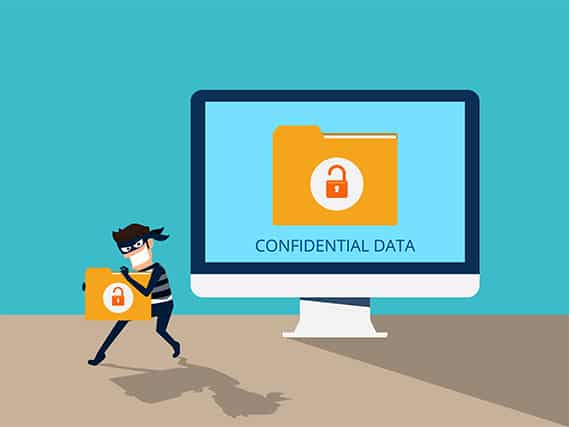
Similar to other cyber risks, a breach provides no pros for a company but several cons. The cons of a breach are loss of data to intruders, loss of money, loss of reputation, brand reputation damage, income loss, and loss of intellectual property.
Compromised or stolen credentials cause data breaches. If unscrupulous criminals have access to a user or organization’s username and password, the attackers have access to the organization’s network.
17. Encryption
Encryption prevents unauthorized access to data by encoding so that only authorized persons may read the data. Encoding transforms plaintext into ciphertext, which is incomprehensible without the decryption key.
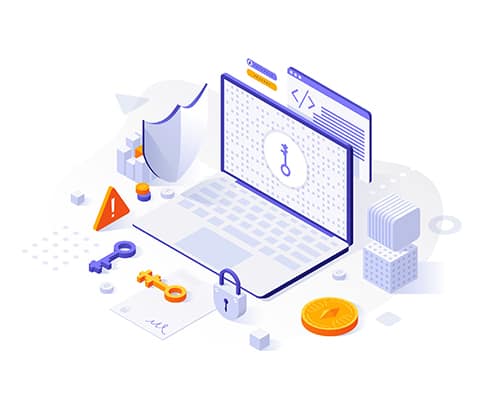
Data encryption has numerous benefits for organizations. Encryption’s pros include data security, protection against data breaches, confidentiality of information, and protection of the company’s data against any attack. Compatibility with existing programs, high cost, a suitable management policy, and the risk of a slowdown in browsing speed are among the cons of encryption.
Encryption software uses intricate algorithms to scramble transmitted data. After transmission, data can be decoded using the key supplied by the sender. Using an encryption algorithm and a key, data is transformed into ciphertext. Once the ciphertext has been communicated to the destination, the original value is decoded using the same or different key.
18. Spyware
Spyware is malicious software installed on a computer without the owner’s knowledge to spy on the user’s activities and secretly collect browser history or data. Spyware mainly monitors user activity by logging keystrokes and gathering private information.
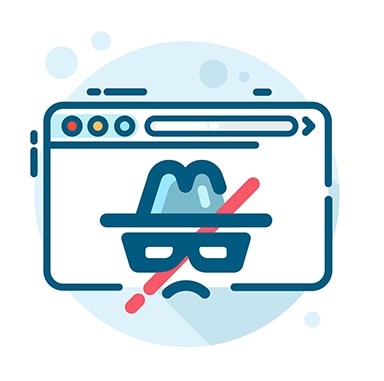
Depending on the user and their intentions, spyware can be beneficial or detrimental. Organizational monitoring, parental control, and compliance monitoring are all pros of spyware.
On the other hand, the cons include unethical tracking by hackers, slow site speeds, damage to internet users’ identities, and loss of users’ data to unauthorized parties or unreliable third parties.
Spyware infiltrates users’ devices without permission and collects sensitive data, such as login credentials and internet habits.
19. Rootkit
A rootkit is a specific software used by cybercriminals to control the devices of internet users remotely. Rootkits are challenging to detect since users may be unaware of the application’s presence until the attack is initiated.
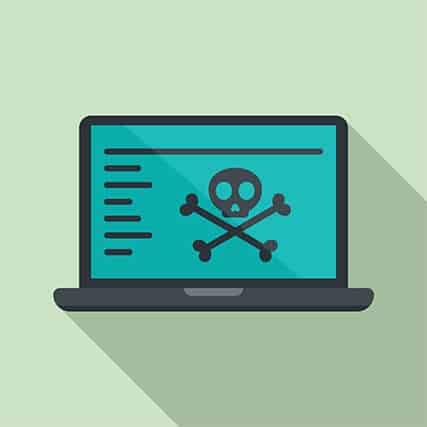
Hackers benefit more from the rootkit than PC users though. Therefore, the software has no pros for victims. The disadvantages of Rootkits include inserting dangerous applications into user computers and illegally accessing user data, which can result in additional threats or damage.
Rootkit operates without the user being aware. Once the rootkit is installed on the computer, an attacker can remotely access any file or data without the user’s knowledge. Malicious software can infect a computer by phishing emails or downloading an infected application.
20. Clickjacking
Clickjacking is a technique that tricks or lures users into clicking on an invisible or deceptively similar web page. This means that users may accidentally click on and download a file containing malware from a malicious website.

Clickjacking is harmful and can expose users to additional dangers. This can result in monetary loss, compromised privacy, and identity damage.
Clickjacking also operates by fooling users into visiting malicious websites. An attacker may inject malicious code onto a benign website to accomplish this. Once the web visitor inadvertently clicks the malicious site, malware may be transferred to the user, and the user’s data or online accounts may be compromised.
21. Bot/Botnet
A bot is a computer infected with malware and may be remotely controlled by cybercriminals. A botnet is a collection of internet-connected devices that run one or more bots to conduct cyber assaults like Distributed Denial-of-Service (DDoS) attacks.

A Bot/Botnet operates by leveraging several networked devices to run one or more bots on each device and then using this swarm of infected devices to attack a server, company website, or individual device.
22. Phishing or Spear Phishing
Phishing and spear phishing are strategies used by cybercriminals to obtain sensitive information from users. This strategy similarly focuses on manipulating human emotions to deceive others.

Phishing attacks are purely dangerous and offer no benefit to businesses. Phishing can result in monetary and brand name loss.
As stated previously, phishing exploits human psychology. Phishing includes an attacker sending messages that appear to originate from a recognized company or website. Typically, the message contains a link that leads to a bogus website that appears legitimate. The user is then prompted to provide personal data, such as credit card numbers or login information. Occasionally, the link linked to an email may provide download access to a malicious file.
23. White Hat / Black Hat
White hat and black hat are two distinct attack motives employed by hackers. White hat involves techniques that seek the owner’s permission to access sensitive data. This technique makes the attack appear legitimate. Typically, this method is used to test infrastructure for vulnerabilities. A black hat is an illicit approach that gains access to sensitive information without the owner’s authorization.
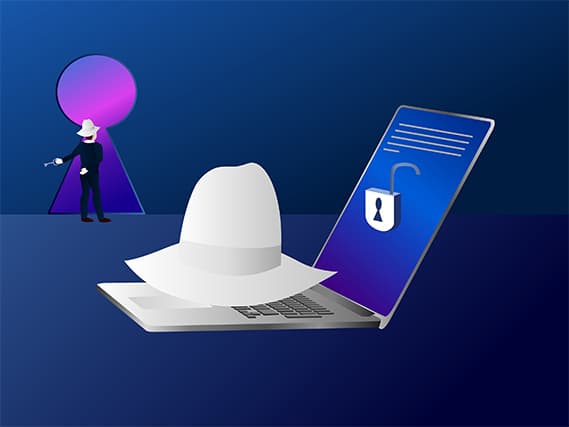
Note:
A white hat protects against identity theft and data loss, whereas a black hat exposes user data to unauthorized parties.24. BYOD (Bring Your Own Device)
Bring Your Own Device, or BYOD, is a firm security policy that allows employees to use personal devices for work-related tasks such as checking email, connecting to company networks, accessing data, etc. A BYOD policy imposes limitations and restrictions on whether a personal smartphone or laptop can connect to the company’s network.
The advantages of BYOD include work flexibility, enhanced productivity, employee happiness, remote access, and cost control for enterprises. The disadvantages include security vulnerabilities, software difficulties, employee privacy, and compatibility concerns.
25. Penetration Testing
Penetration testing is a method for evaluating the security of a system by employing hacker tools and techniques to identify vulnerabilities and evaluate security issues.
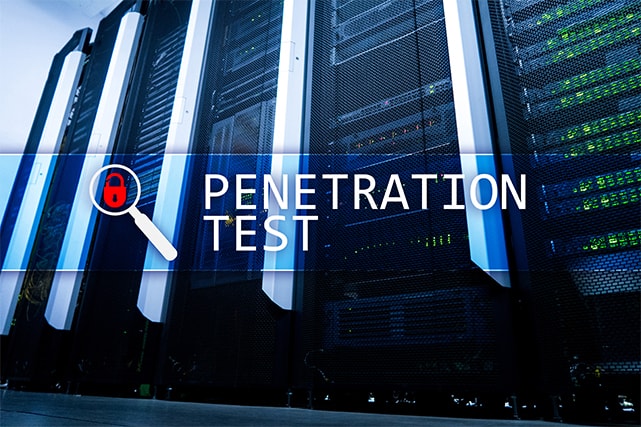
Penetration testing is crucial to an organization’s security and is an important way of determining whether or not a company’s security policies are effective. Penetration testing also trains staff members on how to respond to any type of breach by a malicious party.
One of the pros of penetration testing is that the technique can detect numerous vulnerabilities. Pentesting can also identify vulnerabilities with a high risk resulting from a combination of minor flaws.
This is important:
Inadequate penetration testing can result in a great deal of damage, and as this is one of the limitations, the owner must have faith in the penetration tester. Essentially, penetration testing includes encouraging someone to hack into the system. If realistic test conditions are not applied, the results will be invalid.What is CyberSecurity?
Cybersecurity is a strategy and set of approaches designed to defend and protect systems connected to the internet from cyber attacks. The process requires personnel, policies, procedures, and technologies to safeguard organizations, vital systems, and sensitive data. Organizations that can invest in cybersecurity can avoid any sort of cyber assault and reap enormous benefits.
What is the Importance of CyberSecurity?
Cybersecurity is essential because it protects businesses from cyberattacks. Cybersecurity protects data from unauthorized access and aids enterprises in mitigating the strategies of cybercriminals effectively. Cybersecurity allows firms to focus on other business objectives confidently, as all measures to minimize threats are already in place. This security solution also helps employees increase job productivity.
What are the Different Types of CyberSecurity Attacks?
Different types of cybersecurity attacks are listed below.
- Malware: Malware, known as malicious software, is a software that hackers use to destroy users’ computers, files, and data. Examples of malware include ransomware, phishing, etc. The risks involved are high because organizations can lose money and data, as well as damage their reputations.
- Phishing: This is a cybersecurity attack where cybercriminals deceive users to gain access to confidential data or download malware. Examples include sending a fake email that appears to be from a reliable and known source. This attack can cause havoc because users might be unaware of the attack.
- Denial-of-Service: Denial of service attacks involve flooding a network with fake traffic to make the network inaccessible to users. Brand new customers might not be able to access a website flooded with DOS. DOS can lead to loss of revenue, loss of customers, poor identity, etc.
- Insider threat: This cybersecurity attack is a type of attack that comes from within a business, either from employees or business associates. The risks are loss of business goals, loss of data, and poor brand management.
- Ransomware: Ransomware is one of the popularly known cyber attacks that take complete control of a user’s device and request money to release the control. Ransomware can get to a system through unvetted downloads.
What are the Benefits of CyberSecurity?
Cybersecurity benefits are listed below.
- Protects user’ data from unauthorized access
- Protects the company’s data
- Boosts customers trust
- Prevention of financial fraud
What are the Best CyberSecurity Tools?
The best cybersecurity tools are given below.
- Bitdefender (Best Overall)
- Metasploit (Best Powerful)
- LifeLock (Best Privacy Monitoring)
Is CyberSecurity truly Required?
Yes, cybersecurity is essential since every organization must protect its data and network. Data security is one of the corporate security frameworks. Consequently, organizations will continue to seek data protection solutions.

